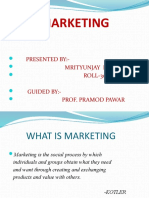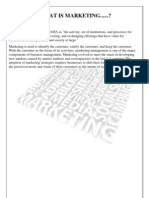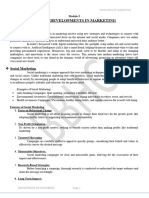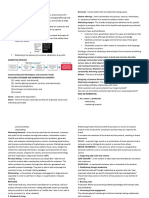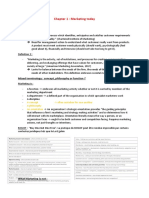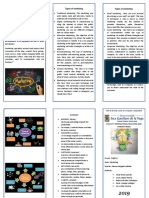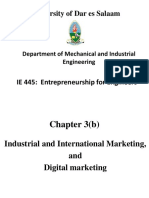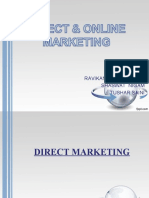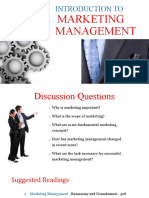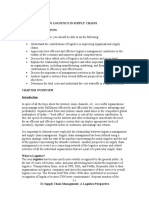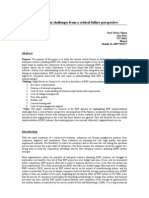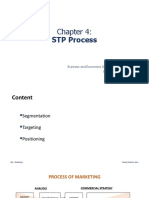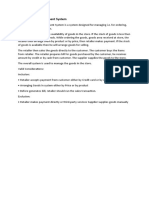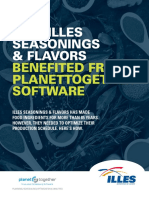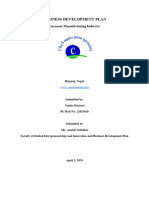0% found this document useful (0 votes)
17 views38 pagesPom Unit 5 Notes
The document outlines recent developments in marketing, including various strategies such as social marketing, online marketing, direct marketing, and green marketing. It highlights the importance of digital technologies in marketing, the characteristics and advantages of online and direct marketing, and the significance of service and rural marketing. Additionally, it discusses the concepts of search engine marketing, email marketing, and network marketing, along with their benefits and challenges.
Uploaded by
ashokashokkumarr2997Copyright
© © All Rights Reserved
We take content rights seriously. If you suspect this is your content, claim it here.
Available Formats
Download as PDF, TXT or read online on Scribd
0% found this document useful (0 votes)
17 views38 pagesPom Unit 5 Notes
The document outlines recent developments in marketing, including various strategies such as social marketing, online marketing, direct marketing, and green marketing. It highlights the importance of digital technologies in marketing, the characteristics and advantages of online and direct marketing, and the significance of service and rural marketing. Additionally, it discusses the concepts of search engine marketing, email marketing, and network marketing, along with their benefits and challenges.
Uploaded by
ashokashokkumarr2997Copyright
© © All Rights Reserved
We take content rights seriously. If you suspect this is your content, claim it here.
Available Formats
Download as PDF, TXT or read online on Scribd
/ 38






